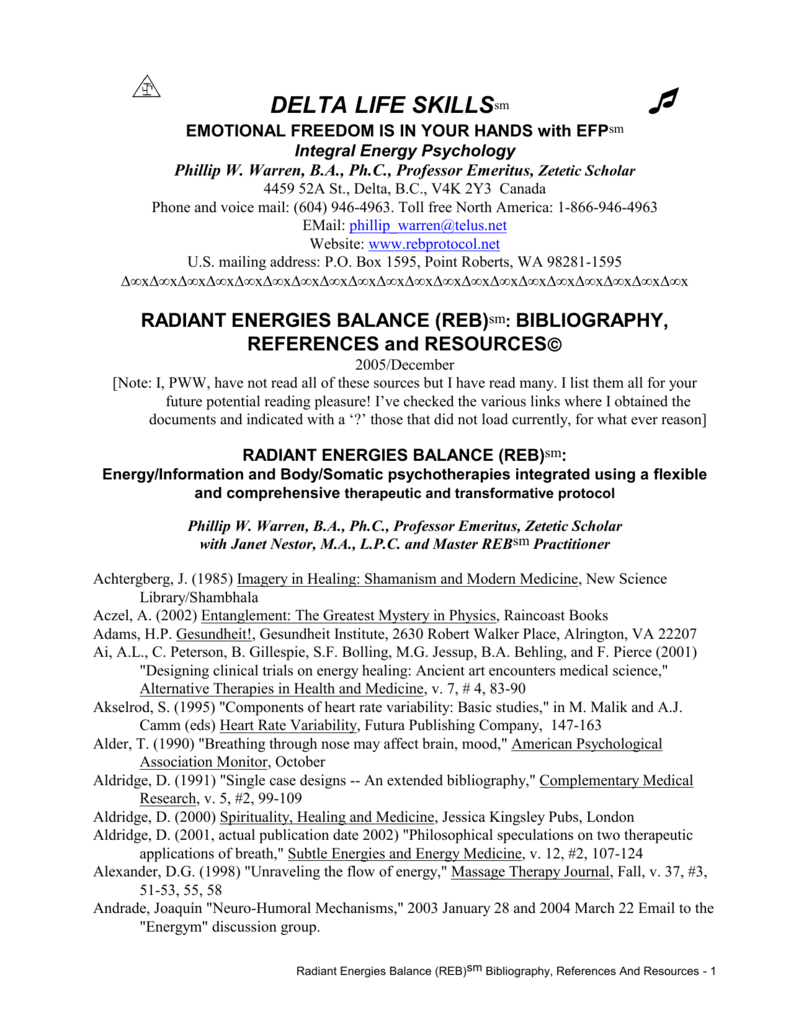

“Standardized Tests of Heart Rate Variability: Normal Ranges Obtained from 309 Healty Humans, and Effects of Age, Gender, and Heart Rate”,Ĭlinical Autonomic Research, Volume 11, Number 2, April 2001, pages 99–108.Ībstract: The authors undertook this study to determine the effects of age, gender, and heart rate (HR) on the results of cardiac autonomic function tests for measuring heart rate variability (HRV) in a large sample of healthy subjects (n = 309). Overall, the results point to the idea that dynamically changing inner experience during meditation is better indexed by a combination of non-linear and linear EEG variables. It is suggested that meditative experience, characterized by less complex dynamics of the EEG, involves ‘switching off’ irrelevant networks for the maintenance of focused internalized attention and inhibition of inappropriate information. The DCx estimates negatively correlated with theta-2 and alpha-1 and positively with beta-3 (22–30 Hz) band power. By contrast, additionally computed linear measures exhibited the opposite direction of changes: power in the theta-1 (4–6 Hz), theta-2 (6–8 Hz) and alpha-1 (8–10 Hz) frequency bands was increased over these regions. When compared to rest, the meditation was accompanied by a focused decrease of DCx estimates over midline frontal and central regions. Non-linear dimensional complexity (DCx) estimates, indicating complexity of neuronal computations, were analyzed in 20 experienced meditators during rest and meditation using 62-channel EEG. Publication 12231432 on PubMed/NCBI (subscription access).Ībstract: We used non-linear analysis to investigate the dynamical properties underlying the EEG in the model of Sahaja Yoga meditation. Neuroscience Letters, Volume 330, Number 2, September 20, 2002, pages 143–146. “Non-linear Dynamic Complexity of the Human EEG During Meditation”, In this paper, we have discussed the various applications of HRV and different linear, frequency domain, wavelet domain, nonlinear techniques used for the analysis of the HRV. Therefore, the HRV signal parameters, extracted and analyzed using computers, are highly useful in diagnostics. Computer based analytical tools for in-depth study of data over daylong intervals can be very useful in diagnostics. Hence, HR variation analysis (instantaneous HR against time axis) has become a popular noninvasive tool for assessing the activities of the autonomic nervous system. It is strenuous and time consuming to study and pinpoint abnormalities in voluminous data collected over several hours. The indicators may be present at all times or may occur at random-during certain intervals of the day. Heart rate (HR) is a nonstationary signal its variation may contain indicators of current disease, or warnings about impending cardiac diseases. It shows that the structure generating the signal is not only simply linear, but also involves nonlinear contributions. In fact, they provide a powerful means of observing the interplay between the sympathetic and parasympathetic nervous systems. Medical and Biological Engineering and Computing, Volume 44, 2006, pages 1031–1051, doi:10.1007/s1151-0Ībstract: Heart rate variability (HRV) is a reliable reflection of the many physiological factors modulating the normal rhythm of the heart.

The references on this page are a sub-set of the complete list of Flutopedia references.įor information on the format and other details of these citations, see the main references page. This is a list of references cited throughout Flutopedia that relate to physiology.


 0 kommentar(er)
0 kommentar(er)
